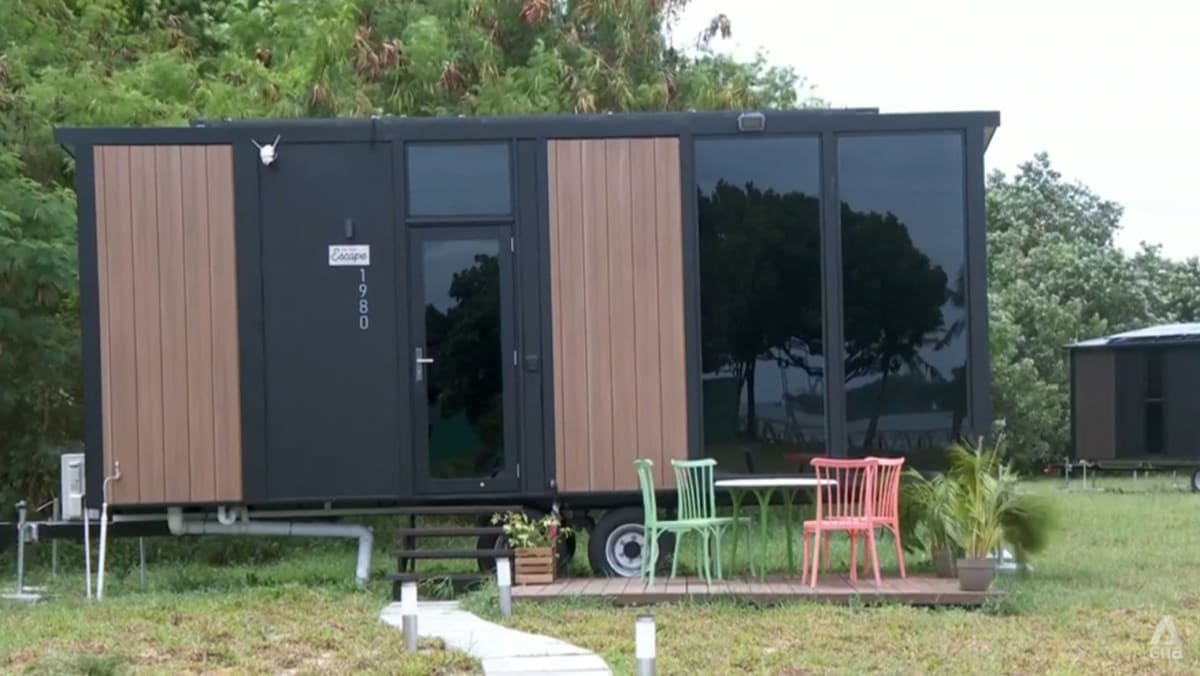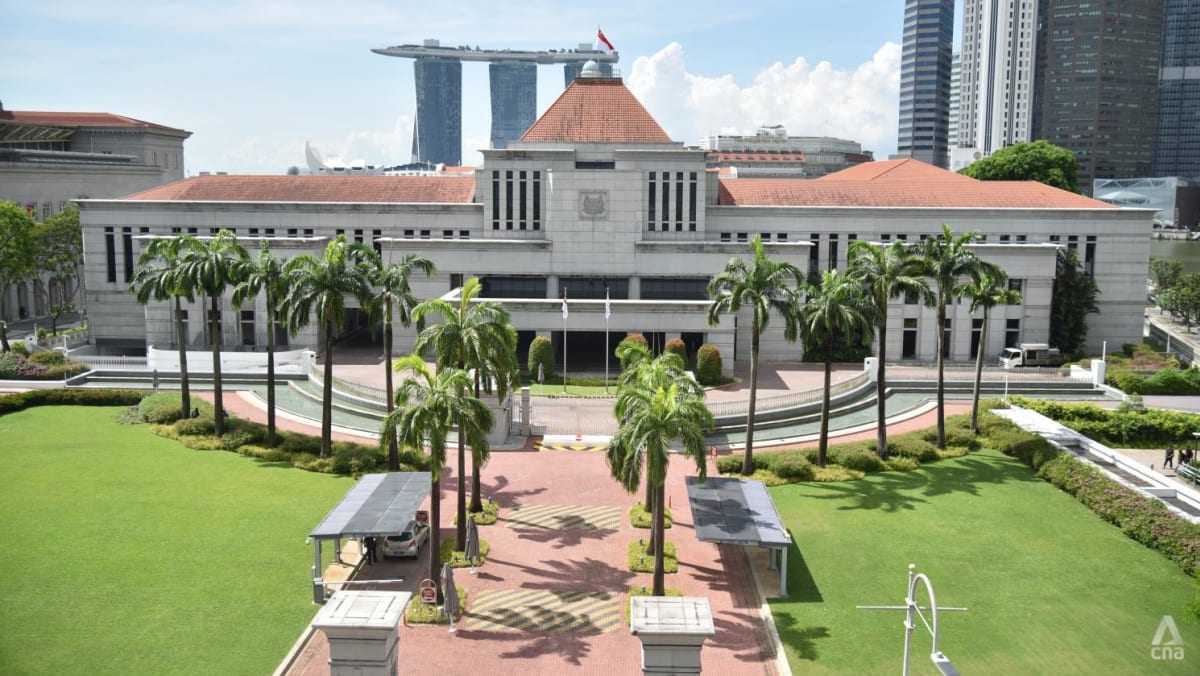MOBILITY A HUGE PLUS POINT
At Lazarus Island, another hotelier is seeing occupancy rates of between 80 and 90 per cent for its five tiny houses, each measuring between 150 sq ft and 170 sq ft.
The firm set up the project during the pandemic, and has been operating since May last year.
“During the pandemic, international borders were closed. Since we were not allowed to travel overseas, we wanted Singaporeans to experience our tiny houses as another option for staycations,” said Mr Jeff Yeo, co-founder of Big Tiny.
The company started its tiny homes venture in Australia in 2017. It has since brought the concept to eight other locations, including Malaysia, Taiwan, New Zealand and Italy.
Mr Yeo said one of the biggest advantages of such lodgings is their mobility. Unlike regular hotels, the cabins – which come with wheels – can easily shift to new locations.
With just three builders needed to complete each unit in about three hours, these modular houses are a more cost-effective way to provide short-term accommodation.
“This allows us the flexibility of moving to another location, so it gives our guests new experiences. They can be (set up) in the middle of a fruit orchard, a vineyard, or a farm,” said Mr Yeo.
“This can encourage city dwellers to escape the hustle and bustle and reconnect with nature, but at the same time, not sacrifice the creature comforts that we are so accustomed to.”
Industry players agreed that the option to pack up and relocate to other unique sites every now and then can be a huge draw for both new and returning customers.
“If you build a traditional hotel, it’s a huge capital investment. You can’t move it from one place to another overnight,” said Mr Joshua Loh, Ngee Ann Polytechnic’s course chair of Tourism and Resort Management.
“But it’s a different story for these hotel concepts. They can be at the city fringe, open-air car parks, or offshore islands. They provide a good alternative to the wide range of hotels in cities.”
GOING BIG ON SUSTAINABLE TOURISM
These tiny hotels are also big on sustainability, and appeal to the market of eco-conscious tourists.
Tiny Pod reuses shipping containers while Big Tiny’s modules are made from recycled materials. The latter is also researching ways to become net zero by 2030.
“The body lotion, shampoo, and even dishwashing liquid provided are fully organic and free from chemicals. We have also deployed solar panels on top of our tiny houses,” said Mr Yeo.
Both brands have a huge local customer base as Singaporeans flock to staycations featuring unique concepts. However, they said tourists are gradually getting wind of such hotels, and there has been a steady increase in bookings from overseas visitors.
The Singapore Tourism Board said it welcomes these innovative tourism concepts, adding that such accommodation experiences will enhance Singapore’s vibrancy and attractiveness.














